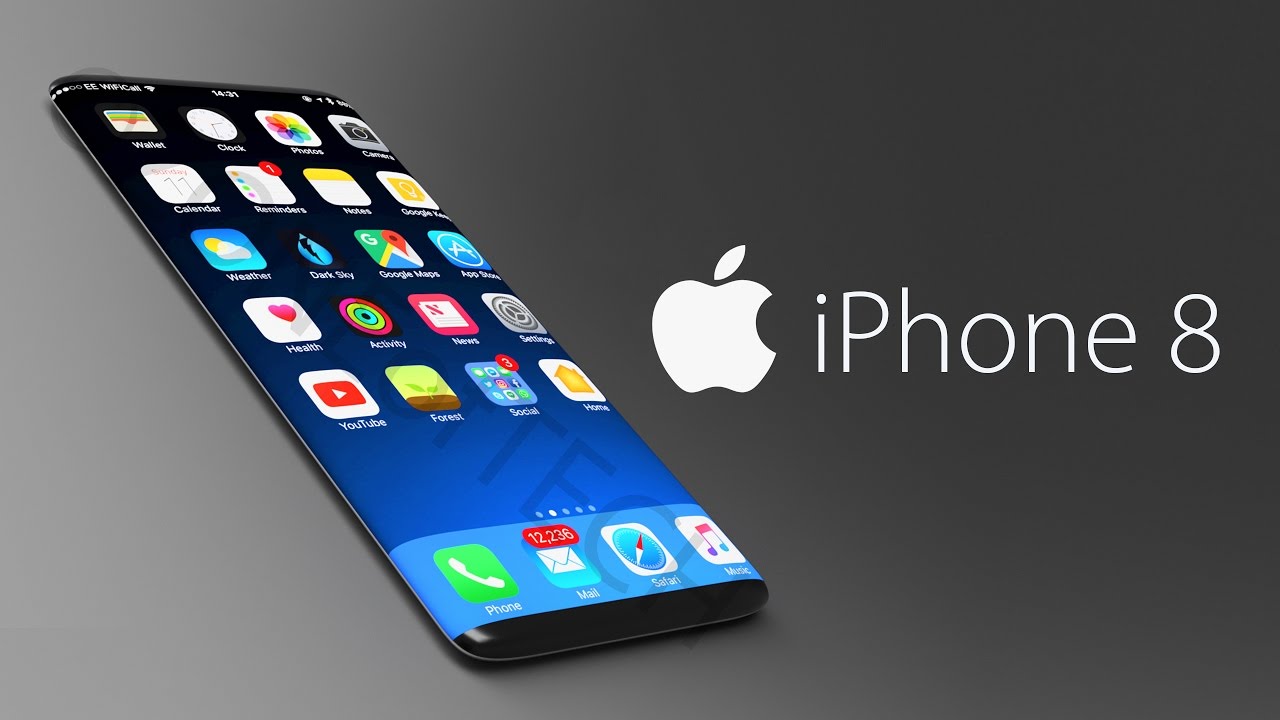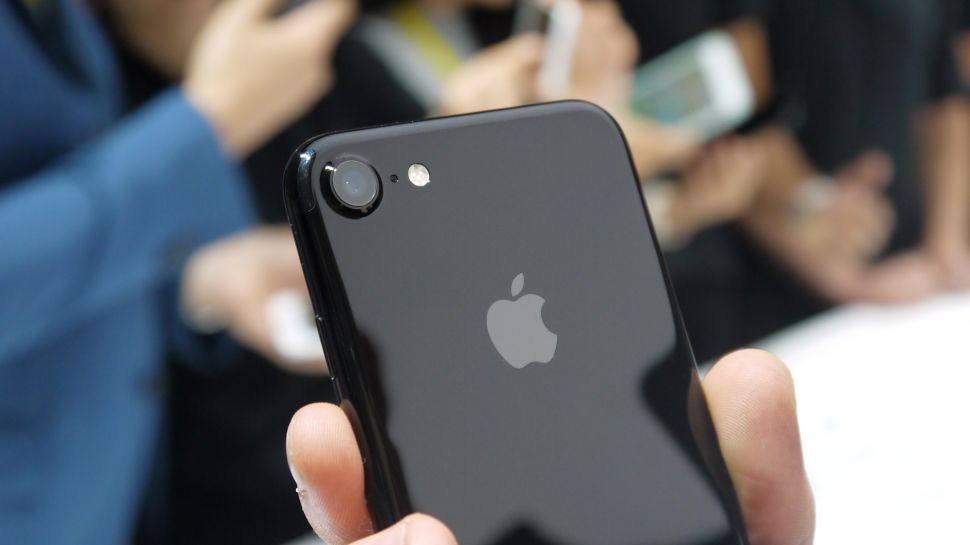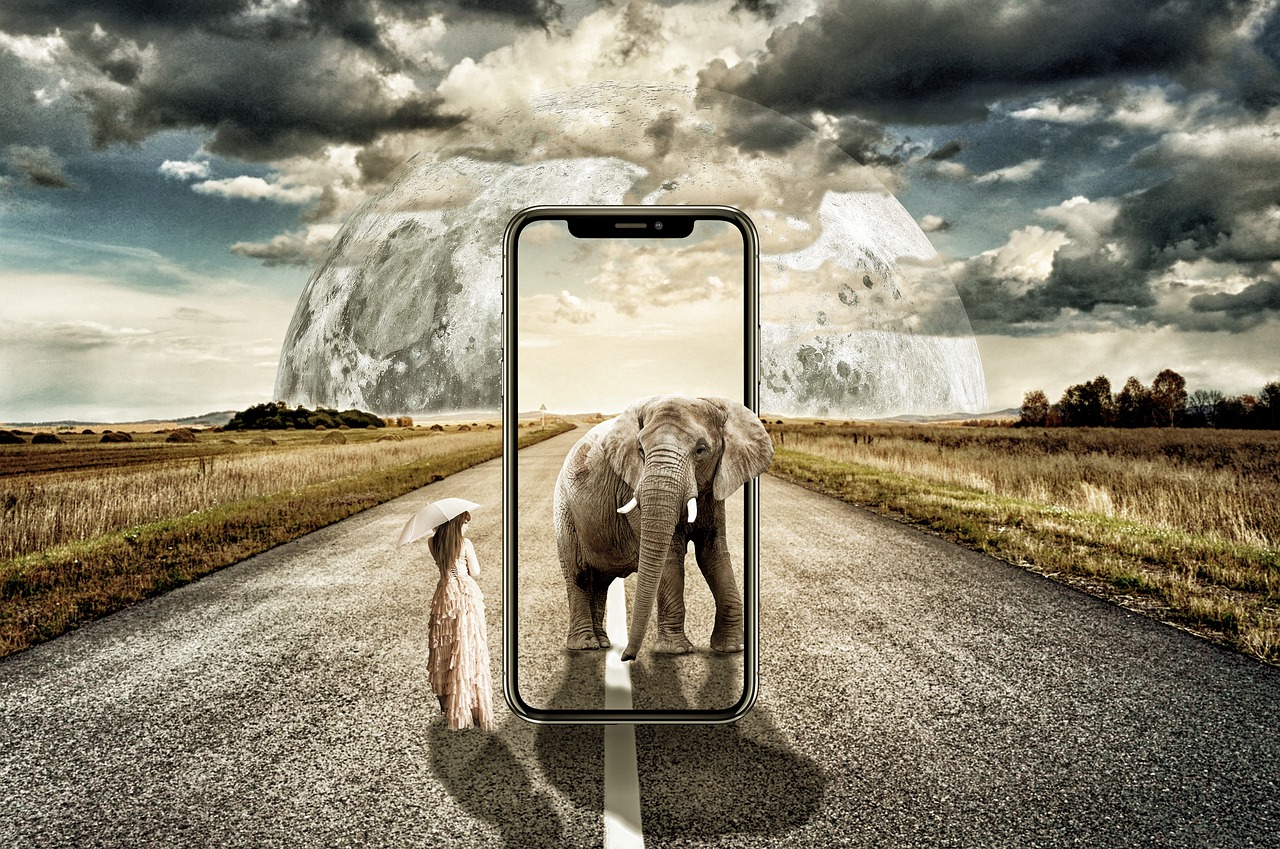
Apple is to begin testing Google graphics technology in order to enable websites load faster. Google’s image format which is named WebP is an alternative to more standardized rich content files such as GIF and JPEG. It enables the web pages download easier than before. So, basically these trials runs are an endorsement for speeding up web pages.
The new image format comes with trial editions of iOS-10 and MacOS Sierra. The both versions are configured as new versions of Apple’s main software for its tablets, Macs as well as iPhones. However, choosing to enable WebP support is not the least bit certain as the clear picture will be revealed when the final editions of the software are shipped in the coming month suggesting whether Apple continues with the technology or chooses to remove the idea.
It isn’t easy to decide over adding new image technology to web for many browser makers. If they do so, they must be ready to deal with more complications and potential security issues to a browser. Furthermore, if they choose to add the technology to their browsers, and the web starts using it widely, it will be essential for the makers to support WebP forever.
The usage of image technology at Google’s end is intensive. In fact, Google was first to add it to its browser: Chrome. Some small browsers such as Opera, Vivaldi using Chrome’s main engine also have enabled the format for their websites.
They say several web pages like YouTube load 10% faster when these are loaded through WebP technology. Moreover, Facebook supported by the new image format noted the image files are 25% to 35% smaller than other image formats like JPEG. Similarly, if Apple uses WebP, thousands of its users will see a number of web pages loading faster.
One of the most important advantages of enabling the Google’s image format is to get smaller files than other image formats. It’s certainly a great idea to help users bump up against on monthly limits on the Internet use on their devices.
Google’s image format doesn’t only employ its presence as an alternative to JPEG format but also it can overcome other image formats that are here for several decades such as GIF and PNG. All these formats support image files but on the comparison with WebP, they appear to be heavier in size and are also bad in compressing images. WebP is a better choice for images and provides an improved transparency. With the new graphics format, animated pictures become noticeably smaller than animated pictures with other formats.
Despite, the lots of image benefits WebP offers, everyone doesn’t seem to be convinced with the technology. Among the big names Microsoft is the one who has no plans to enable the format for its older and newer browsers. Firefox Mozila also tested WebP along with other image format alternatives in 2013 but wasn’t convinced with the results. However, WebP is still on the consideration note with the organization. It is certain if Apple chooses to support the technology, Mozila may come on the same board. Moreover, this support will be a huge encouragement for other web programmers in order to adopt WebP.










![Watch Video Now on xiaohongshu.com [以色列Elevatione perfectio X美容仪 perfectio X 全新仪器黑科技了解下]](https://www.techburgeon.com/wp-content/uploads/2019/07/perfectiox-singapore-150x150.jpg)
